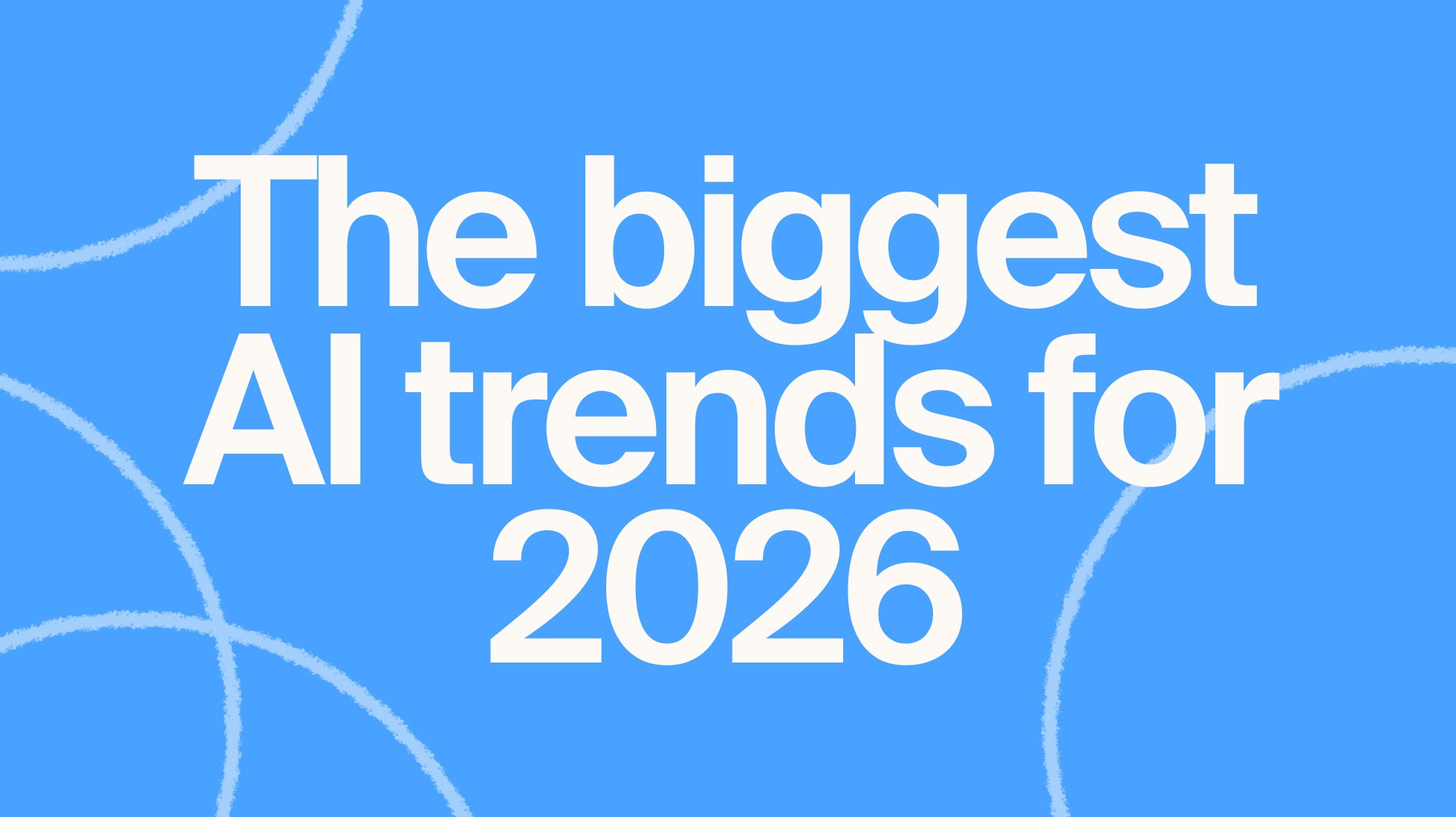GenAI Insights
July 26, 2024
Article by
Mindrift Team
The GenAI development process
Planning and data collection
The journey begins with defining clear objectives. What type of content will the AI generate? Who is the target audience? These questions help shape the project's scope and requirements.
High-quality data is the bedrock of AI training. And in the case of text-generating models, this data comprises things like user queries, dialogues and prompts. Effective models are trained on diverse datasets, often containing hundreds of gigabytes of text.
Here, AI Tutors – writers, editors, and domain experts – create helpful content to ensure the quality of the text. This phase can take from several weeks to months, depending on the project's complexity and the volume of data required.
Data pre-processing and annotation
Preprocessing involves cleaning and organising the collected data. Irrelevant information is removed, errors are corrected and the text and dialogue can be edited and formatted uniformly. Annotators then label the data with specific tags, such as emotions or topics, which helps the AI model understand context and tone. Depending on the volume of data, preprocessing and annotation can also take several weeks to months.
Training the AI model
The annotated data is then fed into the AI model, which learns by adjusting its parameters to minimise errors. This process takes significant computational power and can encompass multiple training iterations and can take several months.
Evaluation and refinement
The model's effectiveness will then be assessed using metrics such as accuracy, precision and recall against a validation dataset. This refinement should be constant based on feedback and new data to stay accurate and relevant.
The human touch – the role of AI Tutors and annotators
Creating prompts and dialogues
GenAI projects require thousands of unique prompts to cover various scenarios. AI Tutors are responsible for crafting these diverse prompts and dialogues, enabling the AI to generate human-like text.
Evaluating AI responses
Annotators also play a crucial role in reviewing and evaluating AI responses. They ensure the output is accurate, relevant and ethical, providing feedback for continual model improvement. For example, annotators might review generated text for biases or inaccuracies and suggest corrections.
Why we need a large, diverse team of AI tutors
GenAI projects often require huge amounts of data and extensive evaluations. Training a GPT-like model involves vast datasets. A single project might need thousands of prompts and evaluations, making it impractical for a small team to manage alone. This is why companies developing AI models attract freelancers to help work with texts and data for the models. At Mindrift, we call them AI Tutors.
AI Tutors from varied backgrounds bring a wealth of perspectives and this is crucial for creating robust and inclusive AI models. Diverse inputs reflect different linguistic, cultural and professional contexts, enhancing the AI's versatility and effectiveness. Many AI Tutors are freelance (in fact 36% of the US workforce is now freelance) and this offers more flexibility and enables a larger pool of contributors able to meet varying project demands.
If you’re interested in becoming an AI tutor, please apply here!
Explore AI opportunities in your field
Browse domains, apply, and join our talent pool. Get paid when projects in your expertise arise.
Article by

Mindrift Team




